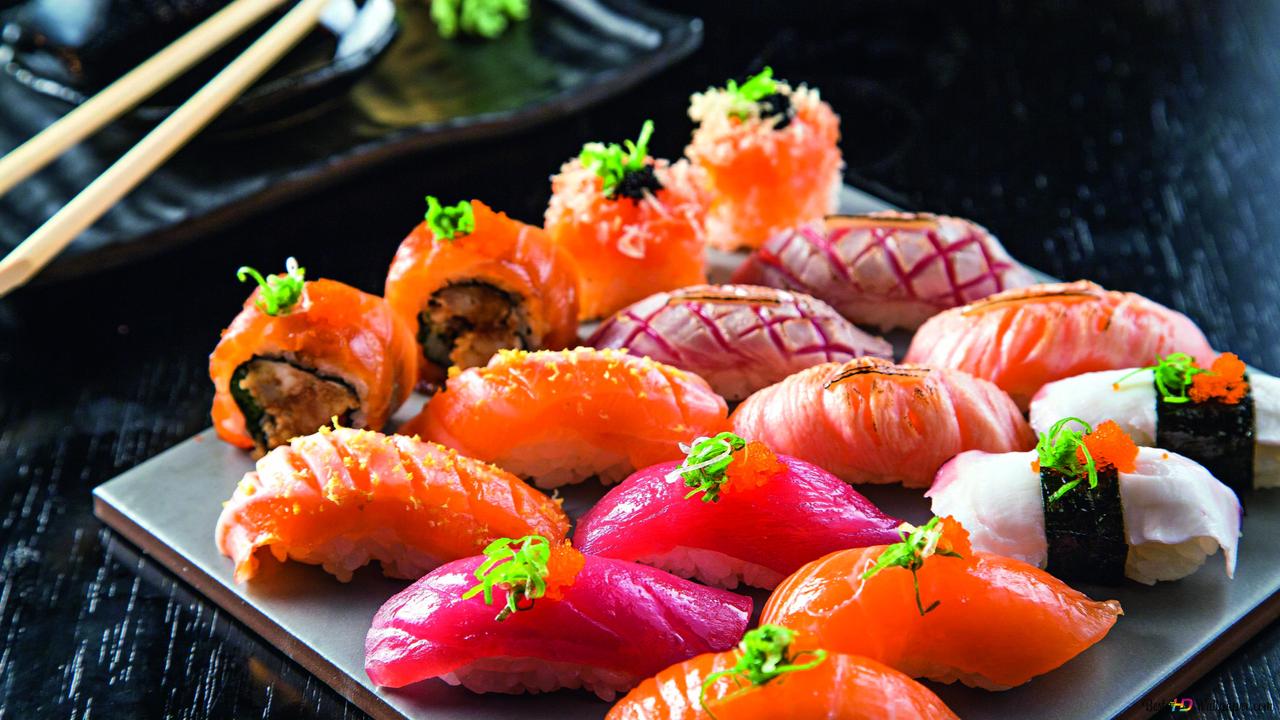
Chamberlains of London – Japanese Sushi has captured the hearts and taste buds of food enthusiasts worldwide. Making sushi at home can seem intimidating but it becomes simple with the right guidance and ingredients. Essential tools include a bamboo rolling mat, sharp knives, and a rice cooker for perfectly cooked sushi rice. Fresh ingredients are key including high-quality fish, crisp vegetables, and nori sheets. Understanding the balance between vinegared rice and toppings helps create authentic flavors. Home preparation allows you to customize rolls according to taste preferences and dietary needs. Attention to detail ensures each roll maintains shape and texture. By following basic techniques, anyone can replicate the professional experience in their own kitchen. Japanese Sushi offers a rewarding culinary challenge while providing a visually stunning dish. Practicing regularly builds confidence and sharpens knife skills for precise slicing and presentation.
Selecting ingredients greatly influences the quality of Japanese Sushi. Freshness matters most when choosing seafood as raw fish should be firm and have a clean scent. Vegetables like cucumber, avocado, and carrot should be crisp and free from blemishes. Sushi rice must be short-grain and sticky to hold rolls together properly. Rice vinegar, sugar, and salt are mixed to season rice giving it the classic tangy flavor. Nori sheets should be dark green and slightly shiny for optimal taste. Soy sauce, wasabi, and pickled ginger complement the rolls and enhance the overall experience. Home cooks can experiment with alternative proteins such as cooked shrimp, crab, or tofu for variety. Using proper storage techniques maintains ingredient freshness throughout preparation. Understanding how each component contributes to flavor and texture improves the final sushi result. The selection process ensures Japanese Sushi achieves authentic taste and presentation consistently.
“Read about: This Peanut Satay Recipe Will Change Your Grilling Game Forever”
Mastering rice and rolling is central to Japanese Sushi success. Rice must be rinsed thoroughly before cooking to remove excess starch. After cooking, the rice is seasoned with a mixture of rice vinegar, sugar, and salt while it is still warm. Proper cooling ensures the right sticky consistency without becoming mushy. Rolling requires placing a nori sheet shiny side down and spreading rice evenly. Fillings are arranged neatly in the center before using a bamboo mat to roll tightly. Consistent pressure while rolling prevents gaps or uneven shapes. Cutting the roll into uniform pieces creates visually appealing sushi. Practice improves hand coordination and ensures rolls hold together. Attention to moisture levels prevents rice from sticking excessively to hands or tools. Mastery of rice preparation and rolling allows home chefs to achieve professional-quality Japanese Sushi every time.
Creative variations expand possibilities when making Japanese Sushi at home. Traditional rolls like tuna, salmon, or cucumber can be modified with additional ingredients for unique flavors. Adding spicy mayo, tempura flakes, or cream cheese introduces new textures and taste dimensions. Vegetable rolls provide colorful and healthy alternatives suitable for vegetarian diets. Specialty rolls may include multiple layers of fish, avocado, and sauces for gourmet presentation. Experimenting with flavors encourages culinary exploration while maintaining Japanese Sushi authenticity. Presentation techniques such as garnishing with sesame seeds, edible flowers, or microgreens enhance the visual appeal. Home chefs can adapt recipes to match seasonal ingredients or personal preferences. Balancing textures and flavors ensures each bite is harmonious and satisfying. Regular experimentation improves skill and builds confidence in preparing complex rolls at home.
“Read more: Stop Wasting Money Now: The Simple Shopping List Hack That Crushes Impulse Buys!”
Serving Japanese Sushi elegantly elevates the dining experience. Arrange rolls on a clean platter with small gaps between pieces to highlight shape and color. Accompany with pickled ginger, wasabi, and soy sauce for dipping. Individual portions of soy sauce prevent overpowering the flavors of rice and fillings. Presentation can include garnishes like sliced cucumber, radish, or edible flowers for added aesthetic appeal. Matching serving plates with roll sizes creates a professional appearance. Chilled ingredients maintain freshness and texture when served immediately. Home chefs may use small dipping bowls and chopsticks to enhance authenticity. Sharing sushi with family or friends creates an interactive and engaging dining experience. Presentation reflects care and attention to detail while celebrating Japanese Sushi culture. These techniques help elevate homemade sushi into a memorable and visually stunning meal.